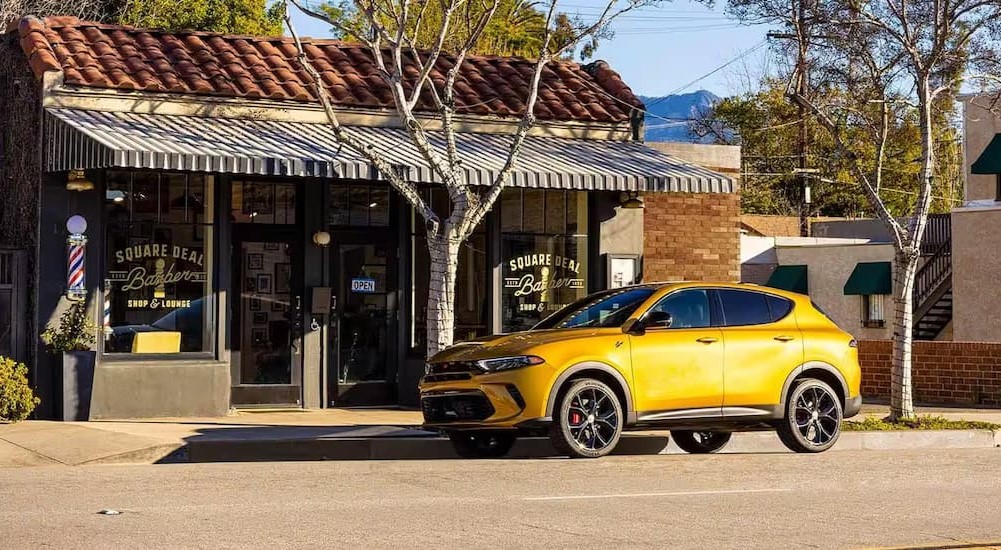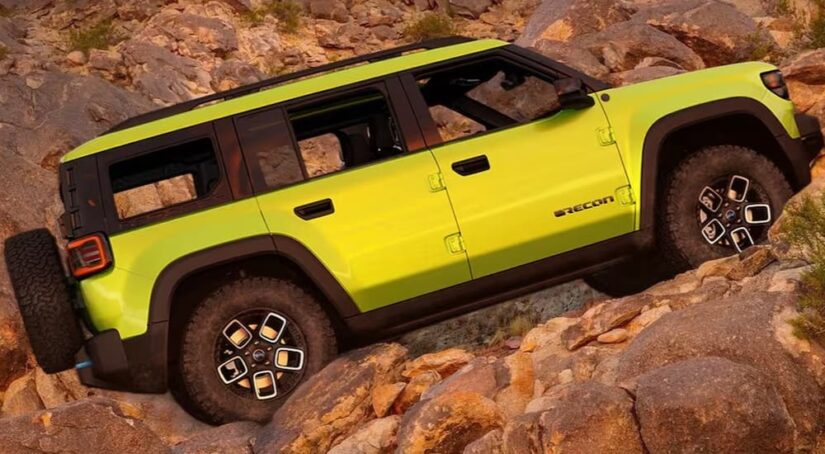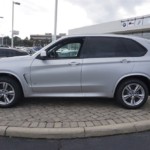A vehicle’s color may not make it go faster or handle better, but it’s still an important consideration. Among other things, car color can affect resale value, safety, maintenance, and how other drivers perceive you. It also offers a satisfying look that suits your style.
There was a time when, as Henry Ford wrote about his famous Model T, “Any customer can have a car painted any color that he wants so long as it is black.” Now, there are seemingly hundreds of available shades, whether at a dealership or from an aftermarket paint shop. What should you be thinking about when choosing a car color? I took a drive down the rainbow road to find out.
So Many Choices, Yet So Few Colors
Despite the endless options, most cars are variations on a few basic pigments. According to the 2024 BASF Color Report, the four most popular car colors are the relatively plain quartet of white, black, gray, and silver. Together, these neutral colors account for 81% of all new vehicles worldwide, roughly double what they did 20 years ago. Recent data from PPG, Axalta, and iSeeCars largely corroborates this, with the lone exceptions being that blue and/or red sneak into the top four in certain regions.
Why is there a lack of car color diversity? A few theories have been proposed.
- It costs automakers less when they can mass-paint cars in a few limited colors instead of smaller batches for many colors. The 2008 recession exacerbated this when car companies and consumers had less to spend. Simplifying color choices was an easy way to do so.
- Grayscale colors are considered a “safe” option that is easier for dealers to sell or for consumers to resell down the road than trying to unload an orange, green, or brown vehicle with a smaller market.
- Monochromatic colors have become more popular everywhere, as evidenced (or perhaps spurred) by Apple’s move to these hues for its computers and devices in the early 2000s.
Are these popular colors the best ones to buy, though? Here’s a closer look at which car colors drivers should look for, which they should steer clear of, and what automakers offer unique hues to personalize a vehicle.

Car Colors to Seek Out
I’ll start with the positive. Car colors that benefit drivers in some way. Since personal style and taste are just that, I’ll focus on the more objective categories of resale value, safety, and maintenance.
Do certain car colors keep their value better than others? The data says yes. In 2023, iSeeCars conducted a study of vehicle depreciation by color. They concluded that yellow cars had the least depreciation, losing just 13.5% of their value in three years, 60% less than the national average of 22.5%. Beige was second at 17.8%, followed by orange and green. Red, white, blue, and gray are also ranked above average. The rankings are fairly consistent across vehicle segments, although there are exceptions, such as brown having the least depreciation among sedans because it matches their owner’s generally conservative nature.
Multiple studies, including this report from the Monash University Accident Research Centre of Australia, show that light and bright colors are best for safety because they are the most visible, especially at night and on rainy days. White is the safest car color, reducing crash risk by about 10% compared to low-visibility colors. Yellow, gold, and orange also rate strongly in this area.
Interestingly, experts also consider light colors the easiest to maintain. Debris and watermarks are less visible with light hues like gray, white, silver, yellow, and beige. Paint scratches aren’t as obvious, and light colors reflect more heat, making the interior cooler and reducing upholstery fading. If you’re looking for a non-standard color that’s relatively easy to keep clean, green and orange perform reasonably well.
Considering all these factors, I can confidently say white has earned its place as the world’s most popular car color. Yellow, orange, and beige are hidden gems, and green (especially light green) is a solid bet if you insist on a darker hue.
Car Colors to Avoid
Now, it’s time to examine the same three categories through an avoidance lens. According to the iSeeCars depreciation study, gold cars depreciated the most, losing 25.9% of their value in three years and effectively canceling out their safety benefits. Other common colors with below-average resale value are brown, black, silver, and purple.
Not surprisingly, dark colors like black, purple, and blue are the hardest to see in tough conditions. Although gray rated well in the other two categories, it’s below average in safety. Red can also be difficult to see in certain situations, such as against the setting sun.
Black also rates poorly when it comes to maintenance. The color is the perfect (or imperfect, as it were) backdrop for dust and pollen. It also soaks up heat and is very susceptible to sun fade. Dark blue is considered the worst color for concealing water spots and scratches, with dark green being similar in the latter category. Red is good at camouflaging mud, but dirt is more likely to dull the finish.
Put it all together, and black is at the top of the avoid list, followed by brown, blue, and red. Gray and silver rank decidedly mid-pack. The only thing purple has going for it is that it makes it easier to find your car because there won’t be many other purple cars.

Car Colors You Can’t Find
Of course, a great car color does no good if you can’t find it anywhere. Per the BASF report, yellow doubled its global market share year over year, but that still only put it at 1.5% of vehicles. Beige, brown, orange, and gold fared even worse, making up 1% or less of sales. Green and purple weren’t much better at 2%, but they seem like massive hits compared to offbeat colors like maroon, khaki, and pink. Although specific data on certain colors can be hard to find, ABC News Australia reports only 103 pink cars were sold last year.
In some ways, the lack of alternative colors is a chicken or egg question. Are car companies producing less of them due to lack of demand? Or are sales artificially low because companies don’t offer these colors? Either way, it makes the automotive landscape a little less vibrant.
What Car Brands Go Beyond Normal Color Options?
It’s safe to say just about every car brand has at least one variation on the “big four” colors. Red and blue are considered standard fare, too. But what about those who go outside the norm? According to data from Cartelligent, the automakers that sell the highest percentage of U.S. cars in chromatic colors, i.e. outside the white/black/silver/gray monopoly, are as follows:
- Mazda: 33% of cars
- Volvo: 30% of cars
- Chevrolet: 26% of cars
- Porsche: 24% of cars
- Subaru: 24% of cars
Beyond this, many companies offer special-edition colors for certain vehicles. Examples from recent model years include the Ford Mustang in Molten Magenta Metallic, the Audi RS3 in Kyalami Green, and the Honda Pilot in Diffused Sky Pearl. Furthermore, Porsche has a Paint to Sample program where, for the right price, they will paint any Porsche model in almost 160 colors from their back catalog or even mix a custom color.
Choosing the Right Car Color
I can state all the data in the world, but in the end, car color is up to personal preference. Some people love the sleek look of a new, freshly washed black car and are willing to put up with the added maintenance and extra depreciation. Some can’t stand yellow and won’t be talked into a canary-looking car no matter what. Others want something unique, like purple or orange, so they’ll stand out in a monochromatic automotive world.
Nevertheless, I hope this guide provided some insight into the wide world of car colors. There are many practical reasons to choose certain colors, and doing so means a smart and good-looking vehicle.



